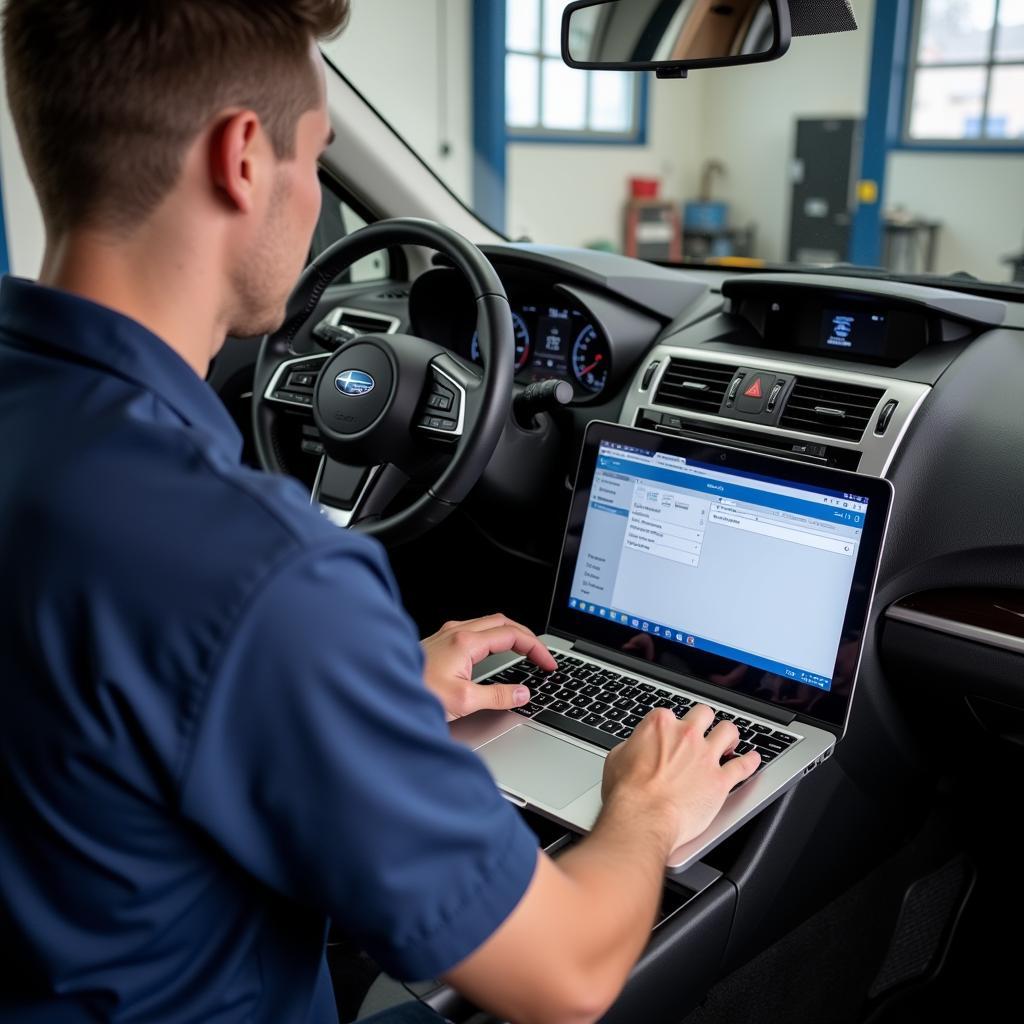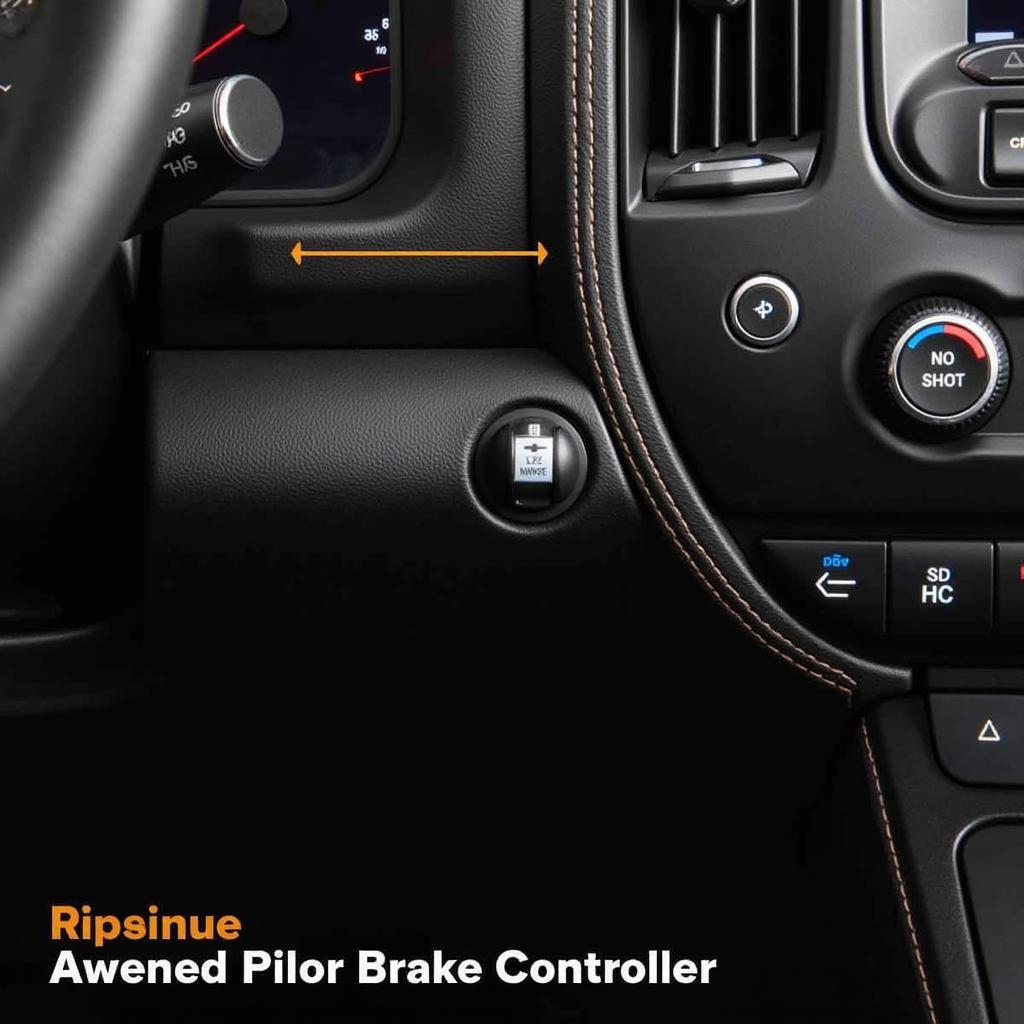The brake warning light on your 2017 Subaru Impreza is a critical safety feature designed to alert you to potential problems within your braking system. While it can be alarming to see this light illuminated on your dashboard, understanding the common causes can help you take the right steps towards a solution. This article delves into the potential reasons behind a 2017 Subaru Impreza brake warning light and provides insights on how to address them.
Common Causes of a Brake Warning Light
There are several reasons why your 2017 Subaru Impreza might display a brake warning light. Some of the most common culprits include:
-
Low Brake Fluid: Brake fluid is the lifeblood of your car’s braking system. As brake pads wear down, the fluid level naturally drops. However, a leak in the system can also lead to a rapid decrease in brake fluid, triggering the warning light.
-
Worn Brake Pads: Brake pads are designed to wear down over time. When they reach a certain thickness, your Subaru Impreza will activate the brake warning light to signal the need for replacement.
-
Faulty Brake Sensors: Your Impreza is equipped with sensors that monitor the condition of your brakes. A malfunctioning sensor can send a false signal, causing the warning light to come on even if there’s no actual problem with the braking system.
-
ABS Issues: The Anti-lock Braking System (ABS) is a vital safety feature that prevents wheel lockup during hard braking. If there’s an issue with the ABS module, wheel speed sensors, or related components, the brake warning light might illuminate alongside the ABS warning light.
Troubleshooting Your Brake Warning Light
Before heading to the mechanic, there are a few checks you can perform yourself:
-
Check Your Brake Fluid Level: Park your car on a level surface and locate the brake fluid reservoir under the hood. The reservoir will have a “Min” and “Max” marking. If the fluid level is below the “Min” mark, add the appropriate DOT 3 or DOT 4 brake fluid specified in your owner’s manual.
-
Inspect Your Brake Pads: If you’re comfortable with basic car maintenance, you can visually inspect your brake pads. Look through the spaces between the wheel spokes to see the brake pads. If the pads are thin or you notice metal scraping against metal, it’s time for a replacement.
When to Seek Professional Help
While checking your brake fluid and visually inspecting your pads can provide some initial insight, it’s crucial to remember that these steps might not reveal the complete picture. If you’re unsure about any aspect of your braking system or suspect a more complex issue like a faulty sensor or ABS problem, it’s best to consult a qualified mechanic.
“Ignoring a brake warning light can compromise your safety and lead to more extensive damage in the long run,” says John Miller, a certified automotive technician with over 15 years of experience specializing in Subaru vehicles. “It’s always better to err on the side of caution and have a professional diagnose the problem.”
Remote Diagnostics and Software Solutions: A Modern Approach
Advancements in automotive technology have paved the way for remote diagnostics and software solutions that can address certain brake warning light issues. By connecting your 2017 Subaru Impreza to a specialized diagnostic tool, trained technicians can remotely access your vehicle’s computer system, identify fault codes, and even perform software updates or reprogramming. This approach can be particularly helpful in diagnosing issues related to the ABS module, sensors, and other electronic components within the braking system.
 Remote Diagnostics for Subaru Impreza
Remote Diagnostics for Subaru Impreza
Conclusion
A brake warning light in your 2017 Subaru Impreza should never be ignored. Whether it’s a simple matter of low brake fluid or a more complex issue like a faulty ABS sensor, addressing the problem promptly is vital for your safety and the well-being of your vehicle. By understanding the common causes, performing some initial checks, and seeking professional help when needed, you can ensure your Impreza continues to deliver a safe and reliable driving experience.


